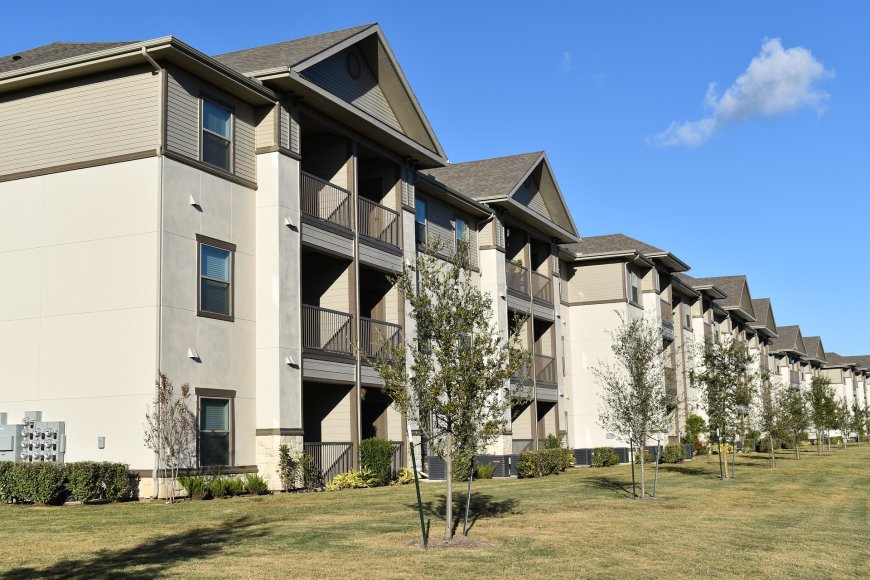The Escalating Need for Economical Senior Living Solutions
The escalating cost of living has intensified the demand for affordable housing among the senior population. With most seniors relying on fixed incomes from pensions or Social Security benefits, the challenge of affording rising rental costs is becoming increasingly daunting. Launching senior living options for less than $300 per month is pivotal in lessening this financial strain. This initiative is crucial for ensuring that seniors have access to safe, comfortable, and financially accessible living spaces, thus enhancing their overall quality of life and stability in their golden years.
Geographic Diversity in Senior Living
The pursuit of affordable and accessible senior living options has catalyzed the development of diverse housing solutions across the United States, adapting to the unique characteristics of various regions:
-
Midwestern States: States like Iowa, Nebraska, and Kansas, known for their lower cost of living, have become forerunners in providing economical senior living options. These states leverage local and federal programs, such as the Department of Housing and Urban Development's (HUD) efforts, to integrate affordable senior apartments into their communities, with some units priced as low as $250 per month. This approach ensures seniors in the Midwest have access to affordable housing without sacrificing quality.
-
Southern States: In the South, states including Alabama and Mississippi have embraced subsidized housing programs for seniors. These programs, often supported by HUD and local housing authorities, focus on creating "Economical Senior Living Options (55+) with Low Rent," making strides toward alleviating the financial burdens faced by the elderly population in these regions.
-
Rural Communities: The allure of rural living and its inherent affordability have led to the emergence of senior-friendly housing in less densely populated areas. The USDA's rural development programs offer grants and loans to develop affordable housing for seniors, providing them with the serenity of country living alongside the financial benefits of lower property costs. These initiatives ensure seniors in rural areas can enjoy peaceful settings without the accompanying financial strain.
Understanding Subsidized Housing Programs
Subsidized housing programs are a cornerstone in the availability of these remarkably low-rent options. Funded predominantly by government initiatives, these programs aim to assist those on lower incomes, with a particular focus on the senior population. By offering apartments at reduced rates, these initiatives make essential housing more accessible and affordable for seniors, thereby addressing one of their most pressing concerns.
Criteria for Accessing Subsidized Senior Housing Solutions
Eligibility for subsidized senior housing in the United States is determined by a combination of federal and local guidelines tailored to accommodate the needs of the aging population effectively:
-
Minimum Age Requirement: Eligibility for senior housing typically necessitates that individuals meet a minimum age criterion, commonly set at 55 or 62 years old, in line with federal guidelines to ensure the targeted demographic benefits from these programs.
-
Income Verification: Potential residents must demonstrate financial need by meeting income guidelines established by the housing program. These guidelines are often a percentage of the area's median income. They can vary significantly from one locale to another, as well as from one program to another, reflecting the diverse economic landscapes across the country.
-
Residency and Citizenship Considerations: Applicants may also need to prove their residency status or citizenship to qualify for specific housing programs. While federal programs might require U.S. citizenship or eligible non-citizen status, local programs could have specific residency requirements to ensure that benefits are extended to those who contribute to or are in need within the local community.
Application Process for Affordable Senior Apartments
Securing one of these affordable apartments involves a straightforward, though diligent, process:
- Finding Available Programs: Seniors or their advocates should begin by researching available housing programs in their desired area.
- Gathering Required Documentation: Essential documents typically include proof of income, identification, and age verification.
- Completing Applications: Applicants must fill out and submit the necessary forms, usually done online or in person.
- Waiting for Approval: Given the high demand, applicants may be on waiting lists, underscoring the importance of early and thorough application submission.
Benefits Beyond Savings
Opting for these apartments extends benefits far beyond simple financial savings:
- Eco-Conscious Living: Adopting sustainable living features in these apartments promotes an eco-friendly lifestyle.
- Wellness and Social Programs: Community programs focusing on physical and mental health are integral, ensuring seniors access holistic well-being resources.
Prioritizing Key Living Aspects
In choosing their new homes, seniors are advised to prioritize:
- Flexibility and Customization: The ability to tailor living spaces and lease terms significantly contributes to resident satisfaction.
- Digital Engagement: Access to technology is crucial for seniors to stay connected with their loved ones and the broader world.
Redefining Senior Living
The availability of "Senior Apartments Low as $250/Month" is significantly altering the landscape of senior living, eliminating financial barriers and enhancing life quality. This shift heralds a new era where affordable living does not sacrifice quality, resonating with seniors' desires for a secure, enriched lifestyle.
Conclusion
Introducing these affordable senior apartments marks a pivotal moment in the evolution of senior housing, ushering in an era where financial limitations no longer compromise the standards of senior living. It unveils many opportunities for seniors, affirming that affordable living parallels a life of quality and fulfillment. Engaging with these opportunities is the first step towards a future that is not only financially accessible but also rich in community spirit, wellness, and connectivity, establishing a new benchmark in senior living that prioritizes well-being, community, and accessibility.





























:quality(85):upscale()/2024/01/25/878/n/1922153/f94f61ec65b2bf18018990.47538761_.jpg)

:quality(85):upscale()/2024/01/26/751/n/1922153/6bd241b765b3e57a0c5559.91495665_.png)
:quality(85):upscale()/2024/01/26/759/n/29590734/b7f6660b65b3e8460d7196.77057039_.jpg)













